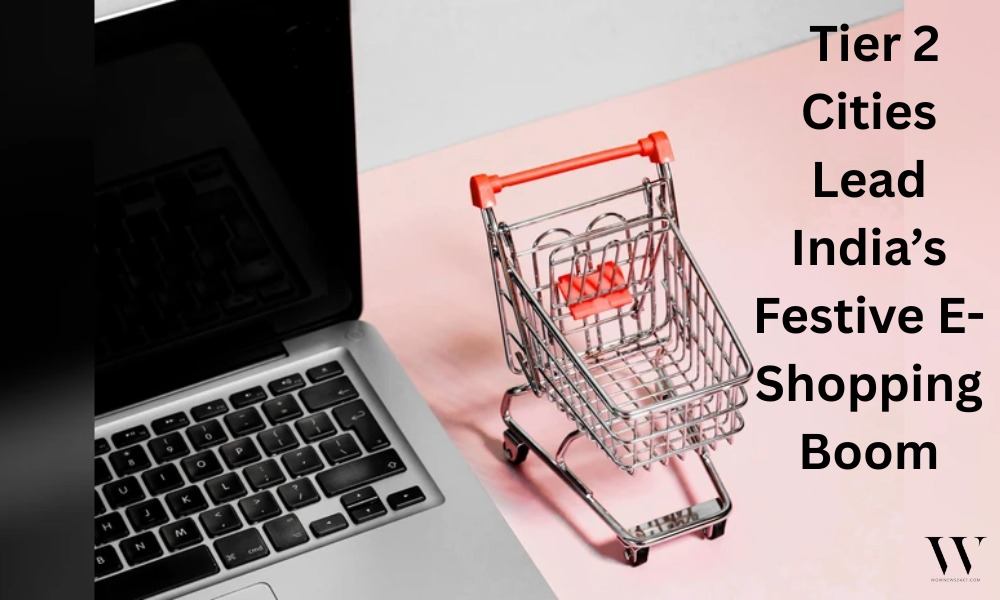India’s Tier 2 cities have emerged as the driving force behind festive e-commerce growth, contributing nearly 60% of all direct-to-consumer (D2C) shipments this season. According to logistics firm Emiza, rising digital adoption and demand for personal care and fashion products are reshaping the country’s online shopping landscape beyond metro hubs.
India’s festive shopping season is witnessing a dramatic shift in consumer behavior, with Tier 2 cities now accounting for nearly 60% of all e-commerce orders, according to a report by logistics provider Emiza. This marks a significant departure from previous years, where metro cities dominated online retail volumes.
The data highlights the growing digital maturity and purchasing power of smaller urban centers, which are now central to the success of direct-to-consumer (D2C) brands. Emiza’s operational insights reveal a 13% year-on-year increase in D2C order volumes, underscoring the deepening penetration of e-commerce across the country.
Key Highlights:
-
Tier 2 Surge: Cities like Indore, Jaipur, Lucknow, and Coimbatore are leading the charge, reflecting rising consumer confidence and tech adoption.
-
Category Leaders: Beauty and personal care products top the charts, followed by fashion and lifestyle items.
-
Logistics Evolution: Improved last-mile delivery and warehouse infrastructure have enabled faster fulfillment in non-metro regions.
Major Takeaways:
-
Market Expansion: The shift signals a broader addressable market for e-commerce players, especially D2C startups targeting aspirational consumers.
-
Consumer Behavior: Shoppers in Tier 2 cities are increasingly brand-conscious and digitally savvy, driving demand for premium and niche products.
-
Strategic Implications: Retailers and logistics firms must recalibrate their supply chains and marketing strategies to cater to this rising demographic.
This festive season’s data confirms that India’s e-commerce growth story is no longer confined to metro corridors. Tier 2 cities are not just participating—they’re leading the charge.
Sources: BusinessWorld, Business of Food, ET Brand Equity

